Giuliana Bellini
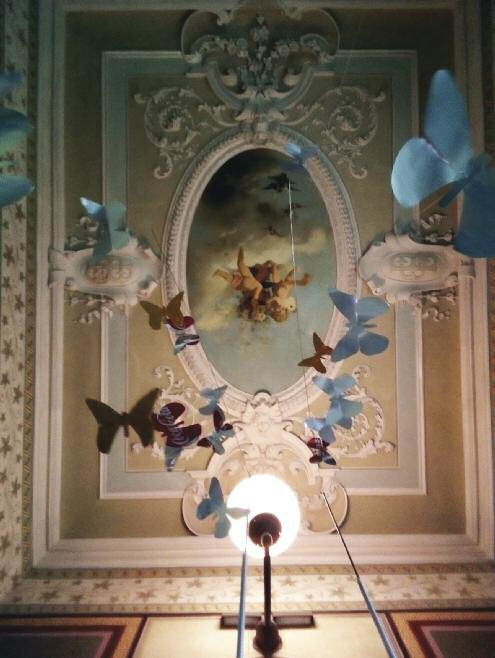
STUDIO BYBLOS
ISBN: 9788885862920
Aprile 2025
Opere
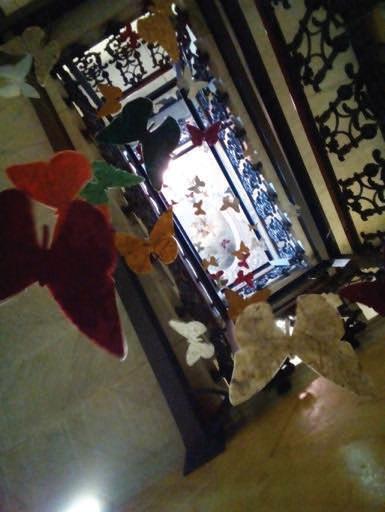
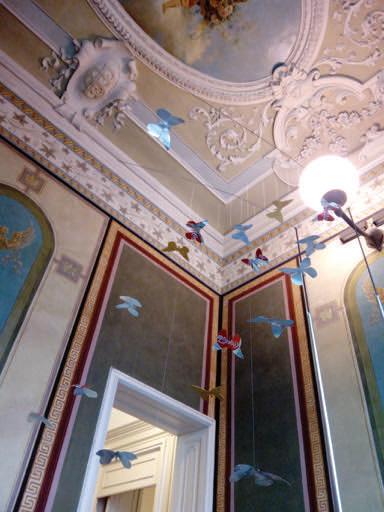
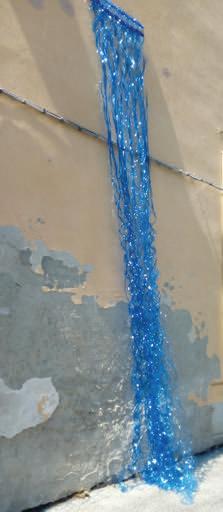
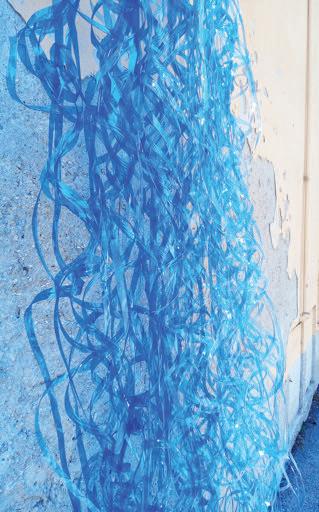
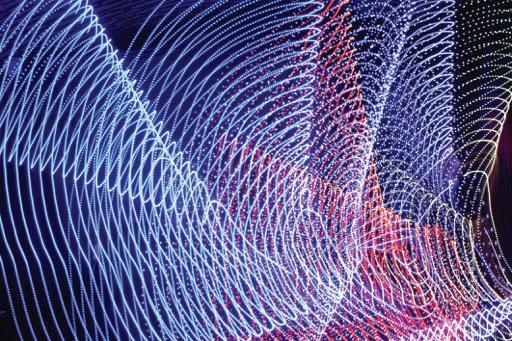
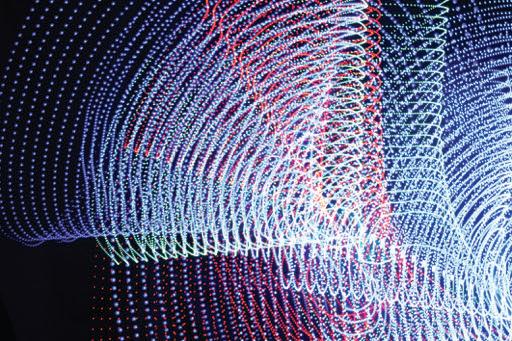
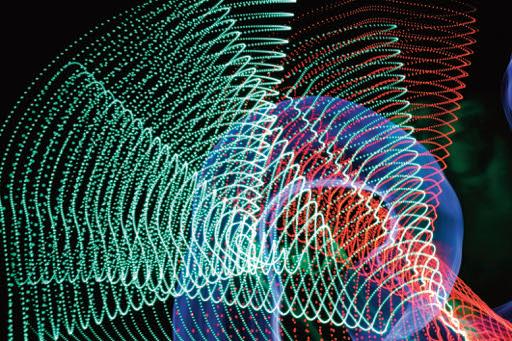
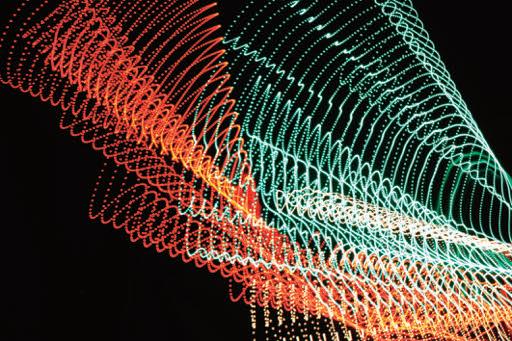
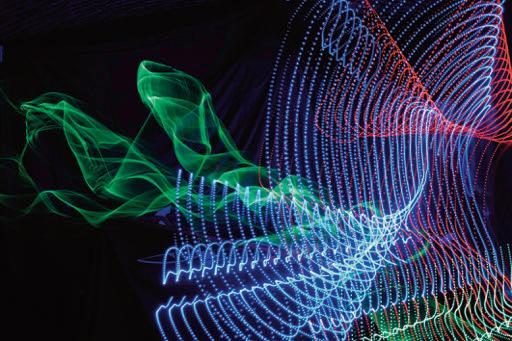
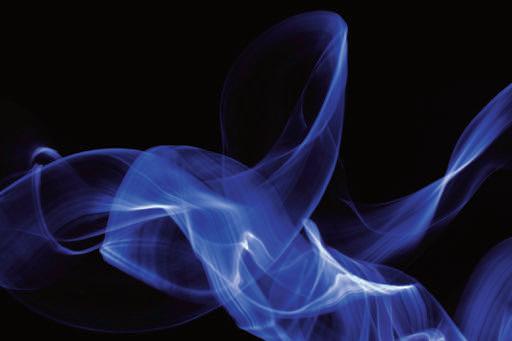
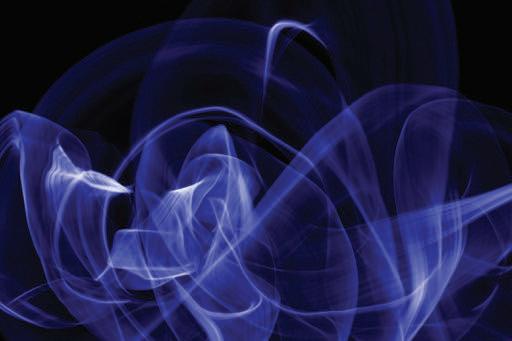
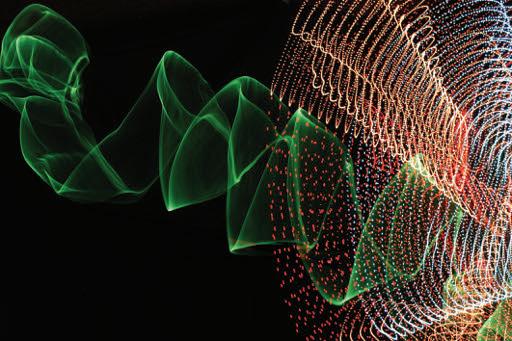
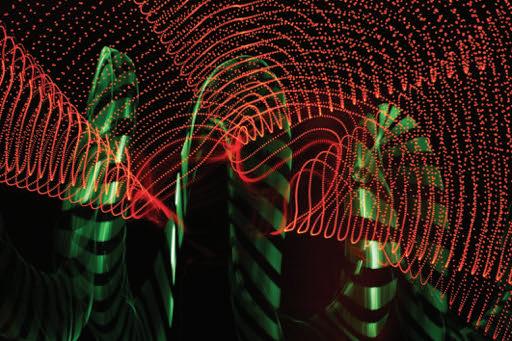
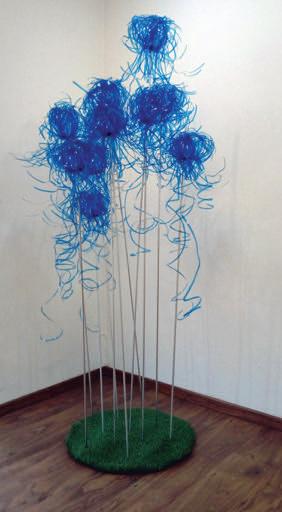
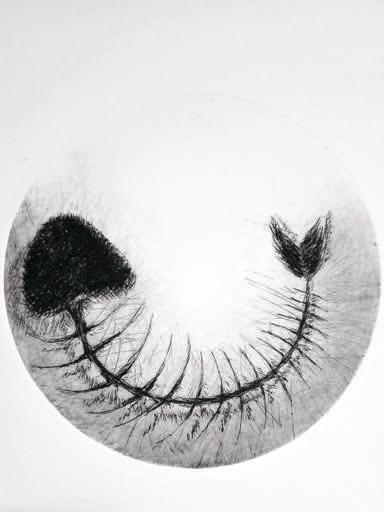
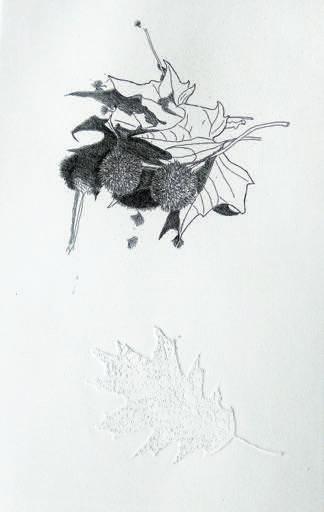
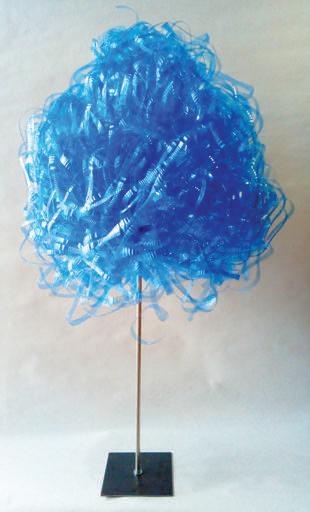
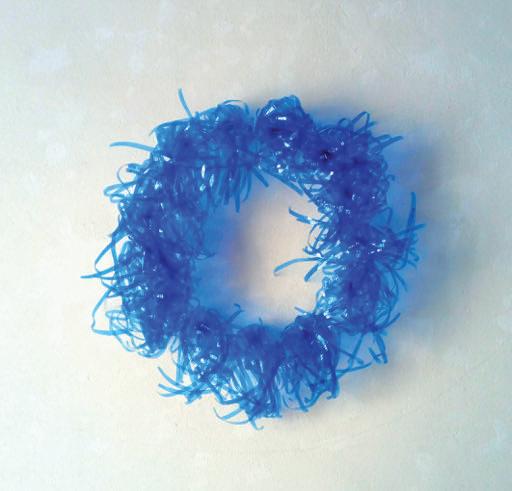
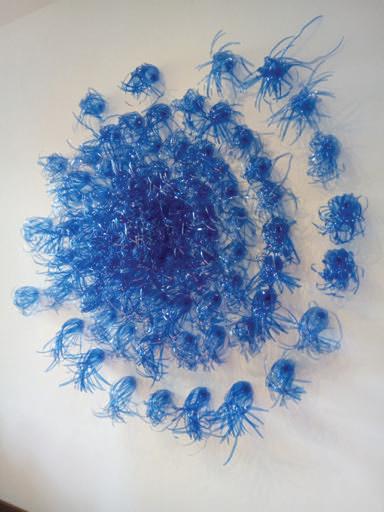
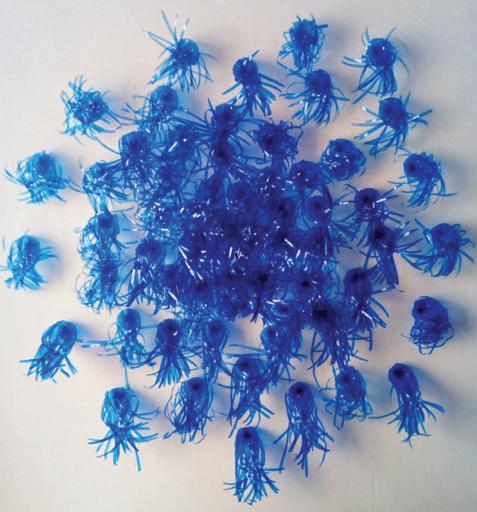
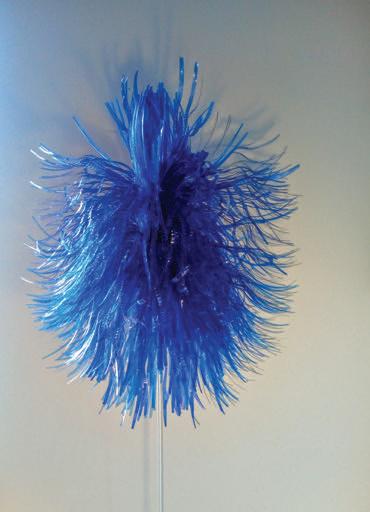
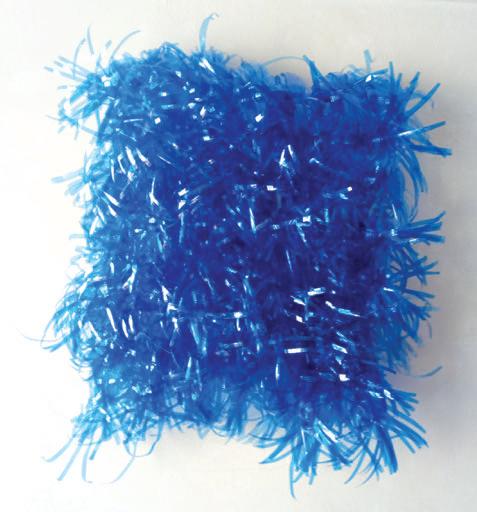
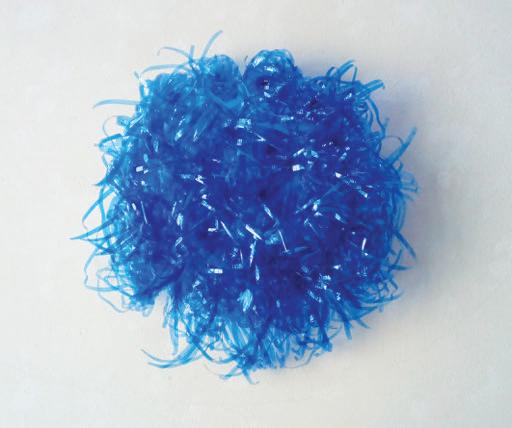
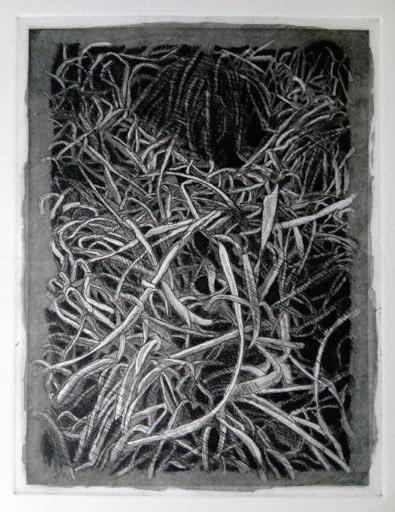
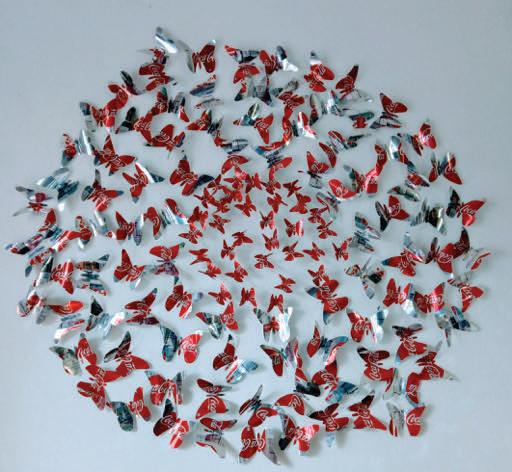
Humanity in times of new order, 2020, alluminio, cm 170x170x10
Eventi collaterali Biennale di architettura 2021 - Venezia
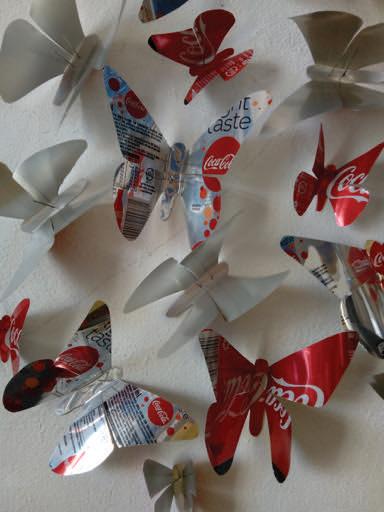
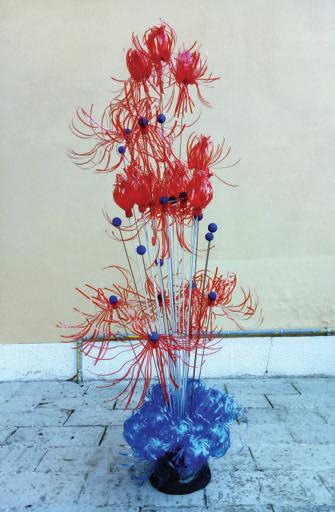
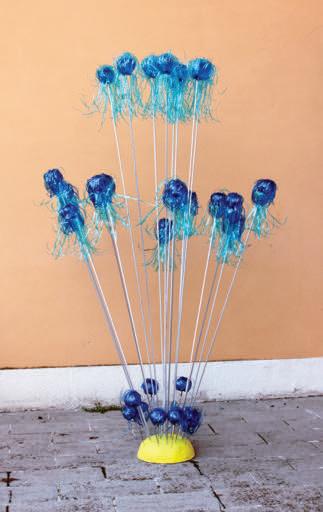
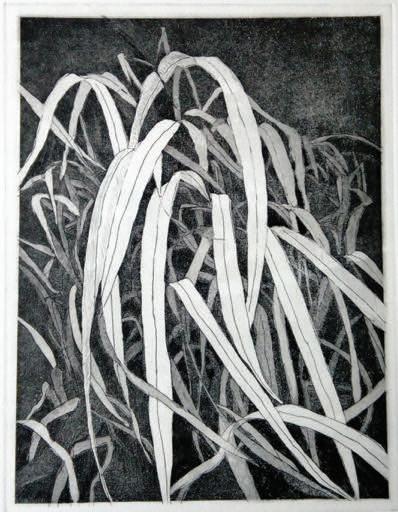
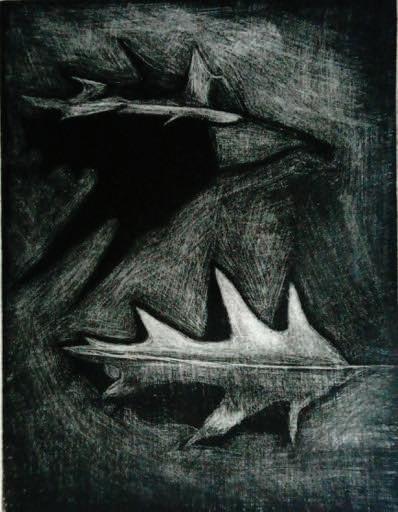
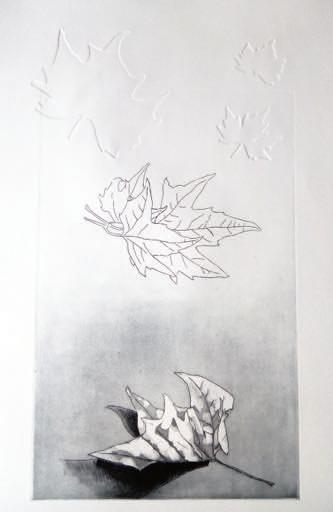
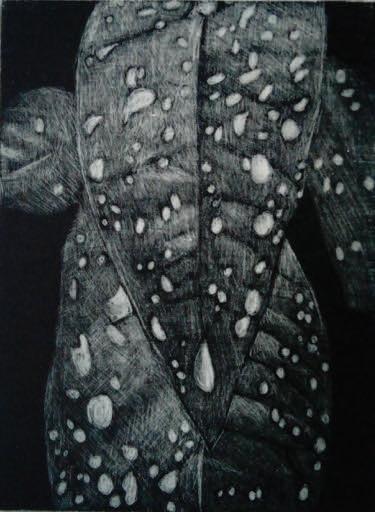
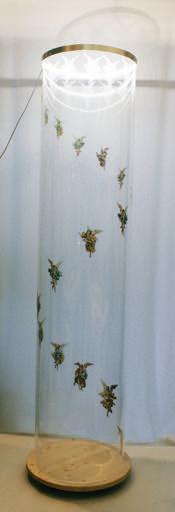
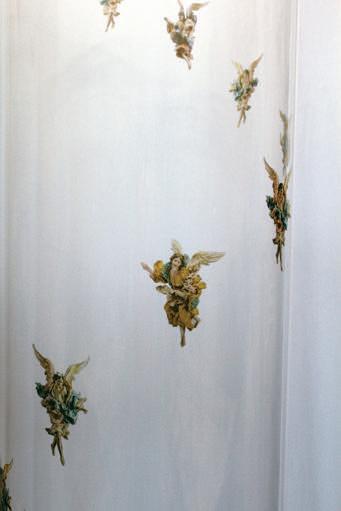
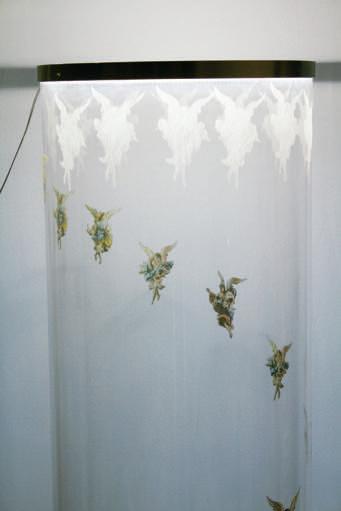
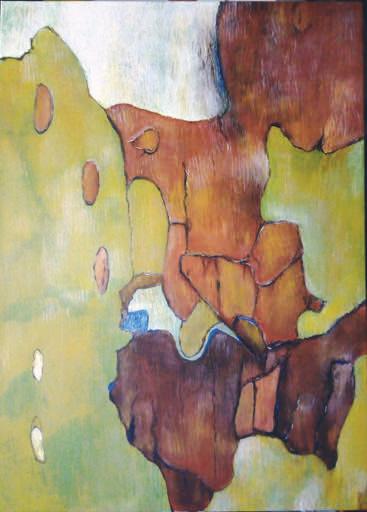
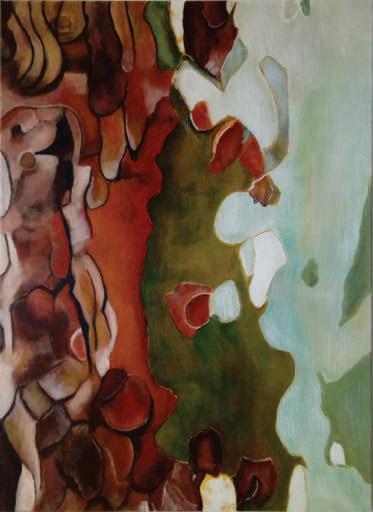
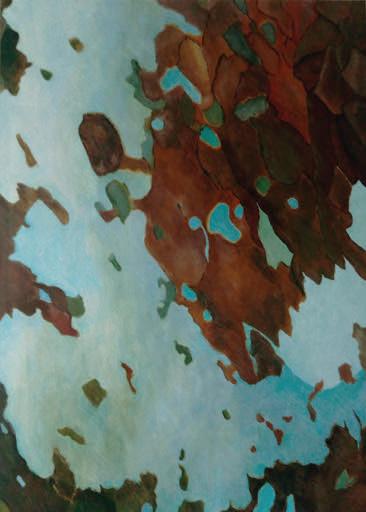
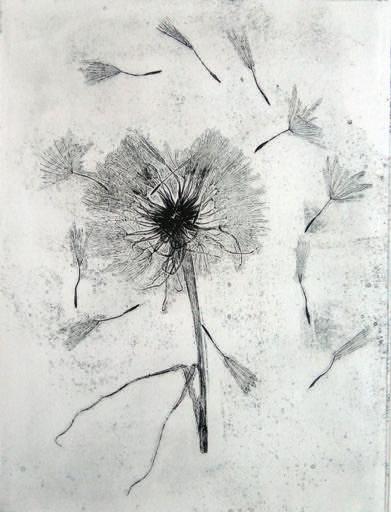
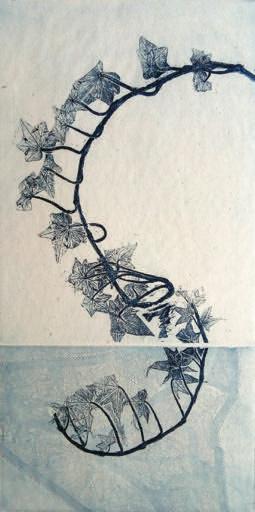
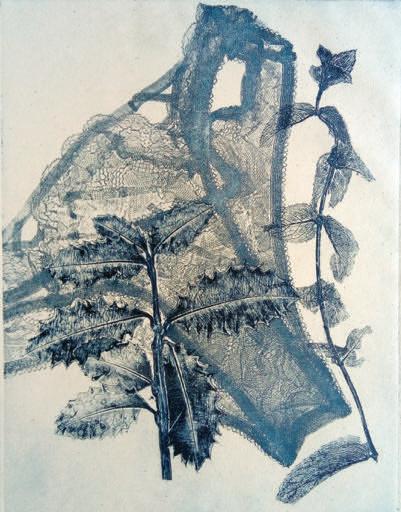
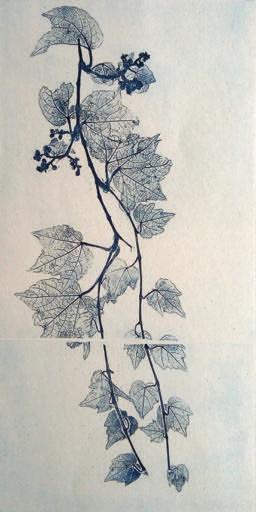
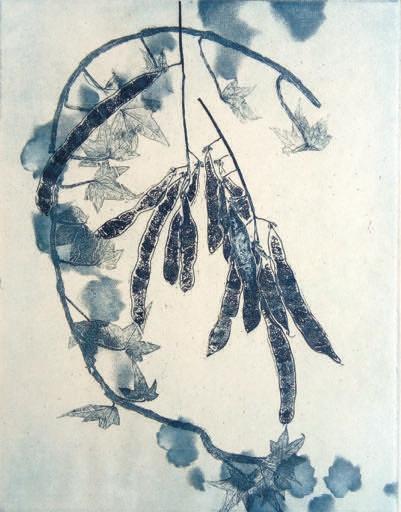
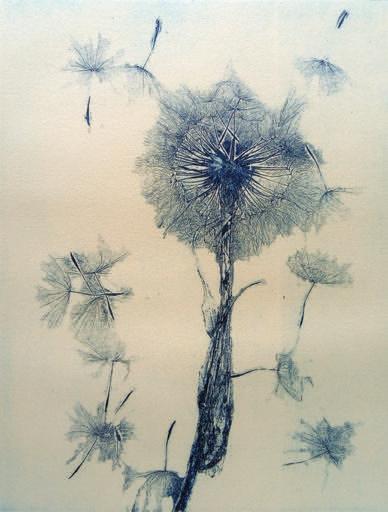
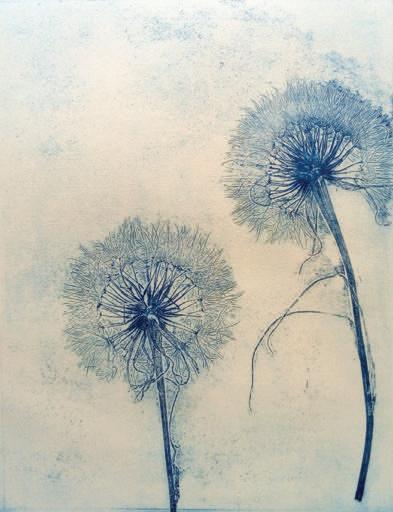
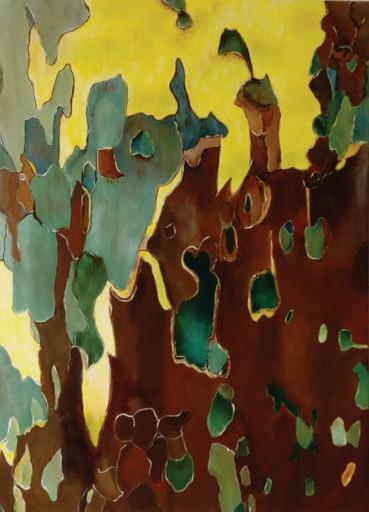

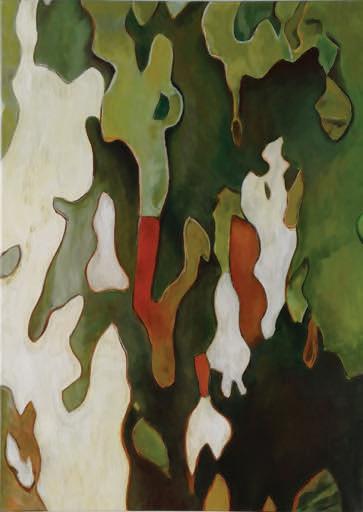
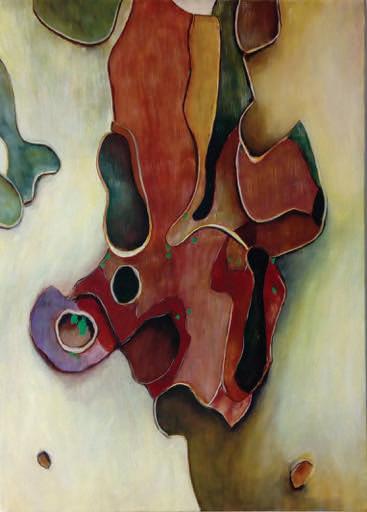
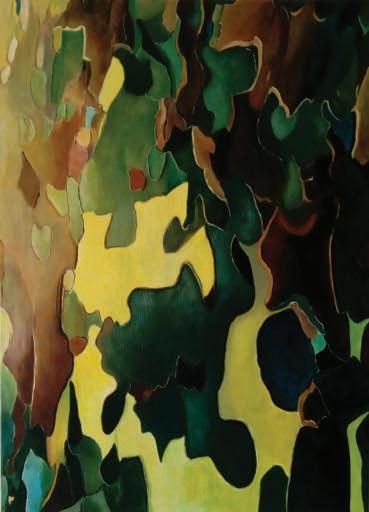
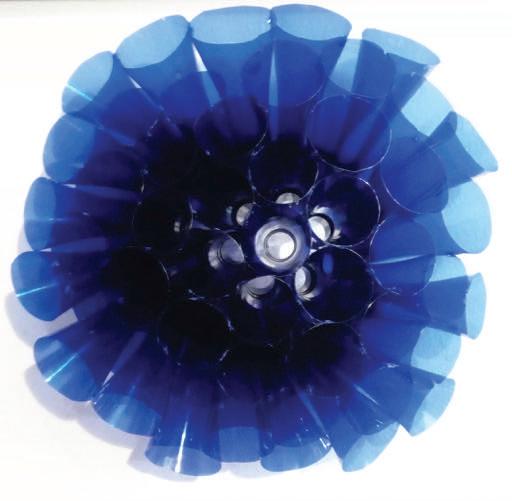
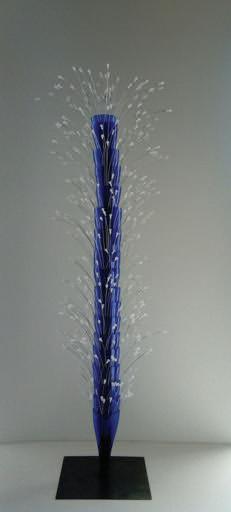
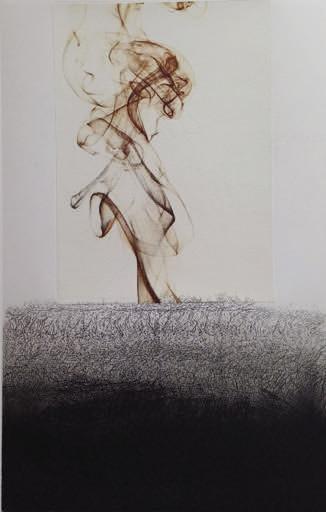
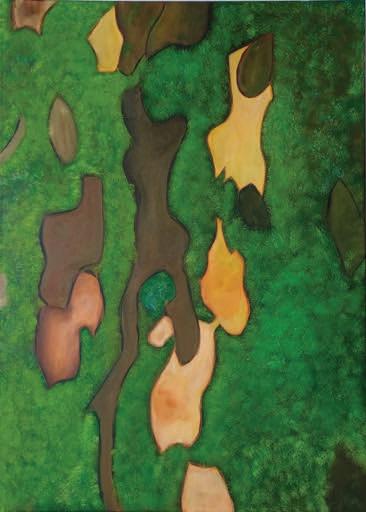
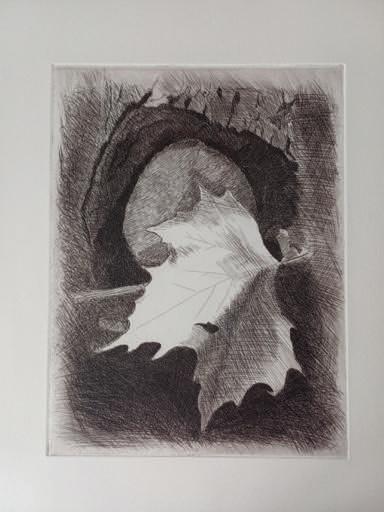
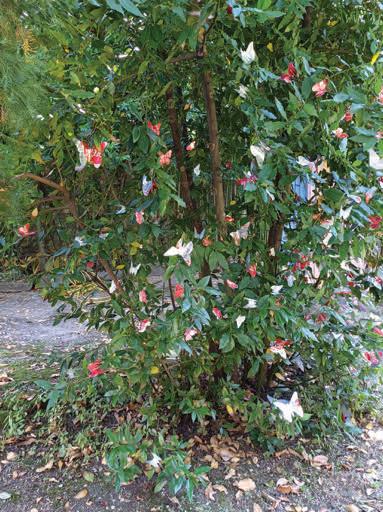
Umanità prima del nuovo ordine, 2024 Alluminio ritagliato, allestito su un albero di alloro Installazione Fivizzano
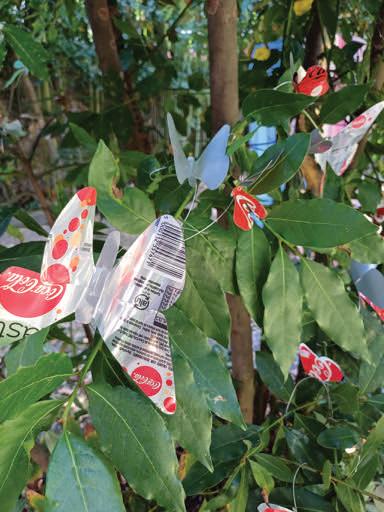
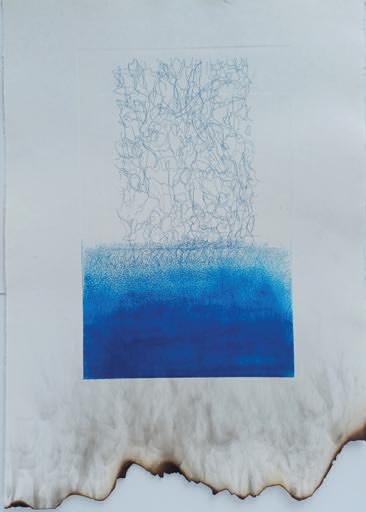
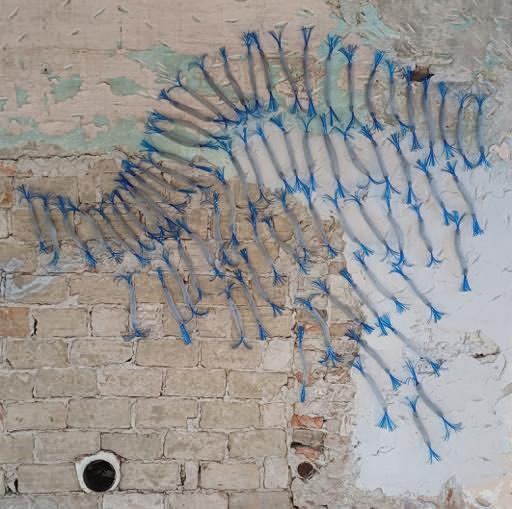

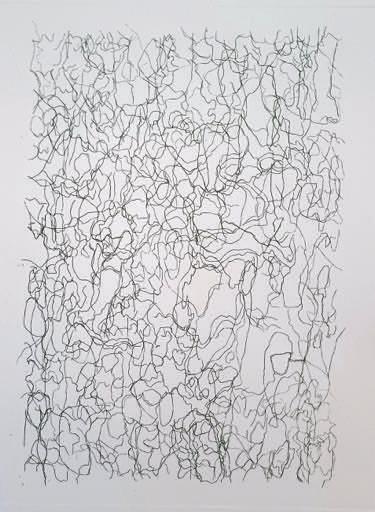
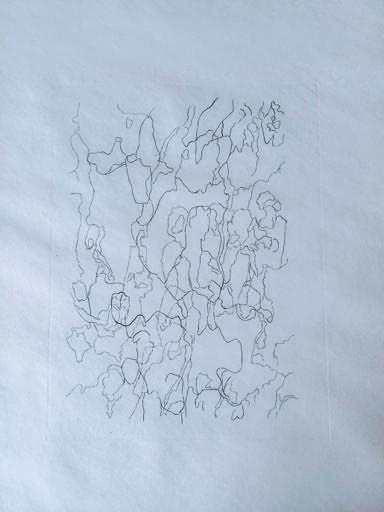
Giuliana Bellini short biography
Giuliana Bellini was born on april 4th 1950 in the town of Castel d’Ario (Mantova), in a country house She spends her first years into nature and moves with her family to Milan in 1960 In 1965 she starts drawing copies from Michelangelo, Botticelli and Pontormo. She has a dream of an unfinished painted canvas that keeps staying in her mind: she buys colours, canvas, and brushes and starts painting to free her mind from the persistence of that image People strike her in a similar way, she paints them and applies to a drawing correspondence course. In 1968 she takes part in a figurative painting contest in a suburb of Milan, exhibiting four paintings and winning 3rd price She keeps on painting as a self-taught copying works from Van Gogh, Gaugui, Segantini, Carrà, Monet, Manet, Cézanne. Since 1966 she works as a metalworker in a factory with repetitive tasks and paid on a piece rate. After six months she enters the electroplating unit, the factory’s most toxic, specialized in acid, cyanide and solvent-based processes The technical director, after seeing some of her drawings, transfers her to the design department where, bound to trade secret, Giuliana produces the drawings for the electronic circuits matrices. She also works in the photographic laboratory, in red low-light, acquiring a useful experience in industrial precision printing After eight years living virtually in the dark (the working day could last up to 10 hours) her eyes can’t bear much light and she gets to be transferred to the numerical control unit, producing the magnetic tapes controlling the automatic circuit board punching machines
Follows a resumé of her artistic itinerary:
1967 – takes part of La Famiglia Artistica, a painter ’ s group form the town of Lissone (Milan), with master Gino Meloni.
1975 – achieves a professional ceramist diploma (first and second firing) at Cova school in Milan.
1974 – 1977 fisrt personal exhibition with monochrome landscapes at gallery I Contemporaei in Sesto San Giovanni (Milan), presented by Vincenzo Castelli.
1976 – second personal exhibition, monochrome landscapes where light and transparence are fundamental elements
1974 – 1977 – attends the open course in nude painting of Accademia di Belle Arti di Brera and, in the end, she starts attending evening classes at an arts secondary school.
1980 – the factory produciton activity enters a crisi and she is put in layoff, which allows her to swtch to daily classes, attending secondary school with younger classmates, the same being for the Accademia di Belle Arti.
1982 – she obtains her graduation in the first Arts Secondary School of Arts in Milan
1983 – she obtains idoneity in the integrative 5th year at the same school
1982 – 1986 – she attends the painting course in Accademia di Brera under the guidance of prof. Gottardo Ortelli, obtaining her degree in october ‘86 with a thesis in engraving about Alberto
Burri, under tutoring of prof- Angela Occhipinti
Starting form 1982, Giuliana Bellini begins working on sign and colour, on the abstract concepts of “Point and Line to Plane”, and translates them from bidimensional to tridimensional, imagining them as living forms Her creativity is triggered by biological forms, from the way cells appear in microscope observation and she represents them by way of painting (oil on canvas, acrylics, pygments, graphite) “contaminated” by material as brass foil, golden nails, silver foil: she intervenes with collage and coloured paper imprints, creating cut and sewed-in shapes that let the viewer glimpse through the space behind the canvas; she creates cell-like translucent shapes with coloured vynil glue that she calls bios. In the same period she creates tridimensional works, using steel wire net covered with tissue paper and coloured glue, and sometimes with melted polyethylene: she calls them virus, germi (germs).
She creates installations taking into account both the structure of the space they are placed in, and the possibilities of interaction with the viewer
In 1987, after participating in various collective exhibitions in Italy and abroad, she starts teaching painting in arts high schools.
She attends an intensive course of engraving techniques at the International School of Graphics in Borgholm, Sweden She meets and regularly sees Dadamaino, she meets Bruno Munari 1988-1990 – she is the coordinator of the exhibition Presenze giovani nell’arte (Young Presences in Art), at the Bertold Brecht cultural association of Milan
From 1989 until 2007, she teaches traditional and experimental engraving technique in the training courses of the municipality of Milan.
1993-1996 – she attends some of the refresher courses of the International Graphics School of Venice on artist book, silk-screen printing, xylography, burin, experimental techniques
In that period she creates works made of paper, using the burin in an unusual way: she operates on the thickness of the material in order to make a series of points in relief in a range from 0 to 1 cm, enhanced by the use of oblique light She makes sculptures with the same technique as well 1995 – she is invited to the XVI Biennale del Bronzetto, in the “Other materials” section, directed by Giorgio di Genova, at Palazzo Della Ragione in Padova, in which she presents a paper sculpture
1998 – she has an important solo exhibition in Los Tres Reyes del Morro, in La Habana, Cuba. There she presents a series of engravings and sculpted papers in a sequence of 6 sheets building up a drawing on the theme of the wave, as well as wire net sculptures covered with melted polyethylene, and a 35 meters long installation with a series of tentacular forms coming out of the walls, meant to generate the feeling of an invasion by forms of life coming from another dimension and passing through matter without fully materializing
2003 – she attends the illustrated graphics classes at the international summer school of Urbino 2004 – she attends the two-year master course in graphics of the Accademia di Belle Arti di Brera, obtaining her degree in 2006 with the thesis “Ipotesi attorno al senso di estinzione” (“An hypo-
thesis about the sense of extinction”) The thesis’ eschatological theme had already been approached in a video – Semplicemente vita (“Just life”) (2006) – realized during the master course in graphics and currently available online. The video involves 10 artists burning a personal work of art: the ashes are gathered and kept in wooden urns, on which a funerary plate reads the name of the author, the name of the artwork and its dates of birth and death. With the passing of time, grass sprouts out of the ashes kept inside the urns: a sign of life’s resurgence. In the research for her thesis, Giuliana Bellini’s approach puts the human being at the center, taking into account the social, economic, religious and political aspects that influence personal choices and causes the people to be little aware of the fact that the consumeristic system we are immersed into prevents us from picturing a possible future for mankind
At the moment she keeps questioning the theme of life, focusing on post-human forms of life and imagining a possible life after the exctinction of mankind caused by the exploitation of the planet’s limited resources, dictated only by the rule of profit-making, without taking into account that “the more we consume, the more we produce toxic substances, waste, trash” (G. Bellini, Ipotesi attorno al senso di estinzione, Albatros, 2015).
Giuliana Bellini uses various kinds of materials to create her artworks, depending on their destination for an indoor or outdoor location The artist prefers light metals like aluminium, polyethylene, PET, thin steel rebars, coloured glass to create a touch of transparent colour, gypsum to shape supporting bases, copper and brass wire In some cases, as for the jellyfish described below, she uses LED lights and optical fiber She invents a vegetal world, with trees, flowers, animal life forms, like worms covered with spines, winged and non-winged insects, small jellyfish made of wire net and copper wire.
2015 – her thesis Ipotesi attorno al senso di estinzione (“An hypothesis about the sense of extinction”)is published as a book by the publisher Albatros, constituting a theoretical basis for the creative process that is still under way.
In 2019 she is one of the winners of the Genova contemporary art Biennale
ISBN: 9788885862920
Studio Byblos Editore
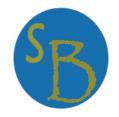
EURO 20,00

